Sable De Paradis
Makonde Lipiko Mask
Makonde Lipiko Mask
Couldn't load pickup availability

Free Delivery
Free Delivery for Exclusive Members

Guaranteed Long Lasting Scent
Elixir Absolute 35%

Gift Pack
Request custom gifting services for your beloved.

Born in the UAE
Made with Artificial Intelligence
Makonde Lipiko Mask – Handcrafted Ceremonial Art from Tanzania
A striking example of Makonde craftsmanship, this hand-carved Lipiko mask embodies the rich spiritual and cultural traditions of Tanzania. Made from indigenous wood and adorned with natural pigments, it was traditionally used in Mapiko dances, where masked performers represented ancestral spirits in initiation ceremonies.
With its bold facial features and intricate detailing, this mask serves as both an artistic masterpiece and a historical artifact. Measuring 16" in height (including the base/stand), 11" in depth, and 8" in width, it commands presence, making it a perfect collector’s piece or a captivating display of African heritage.
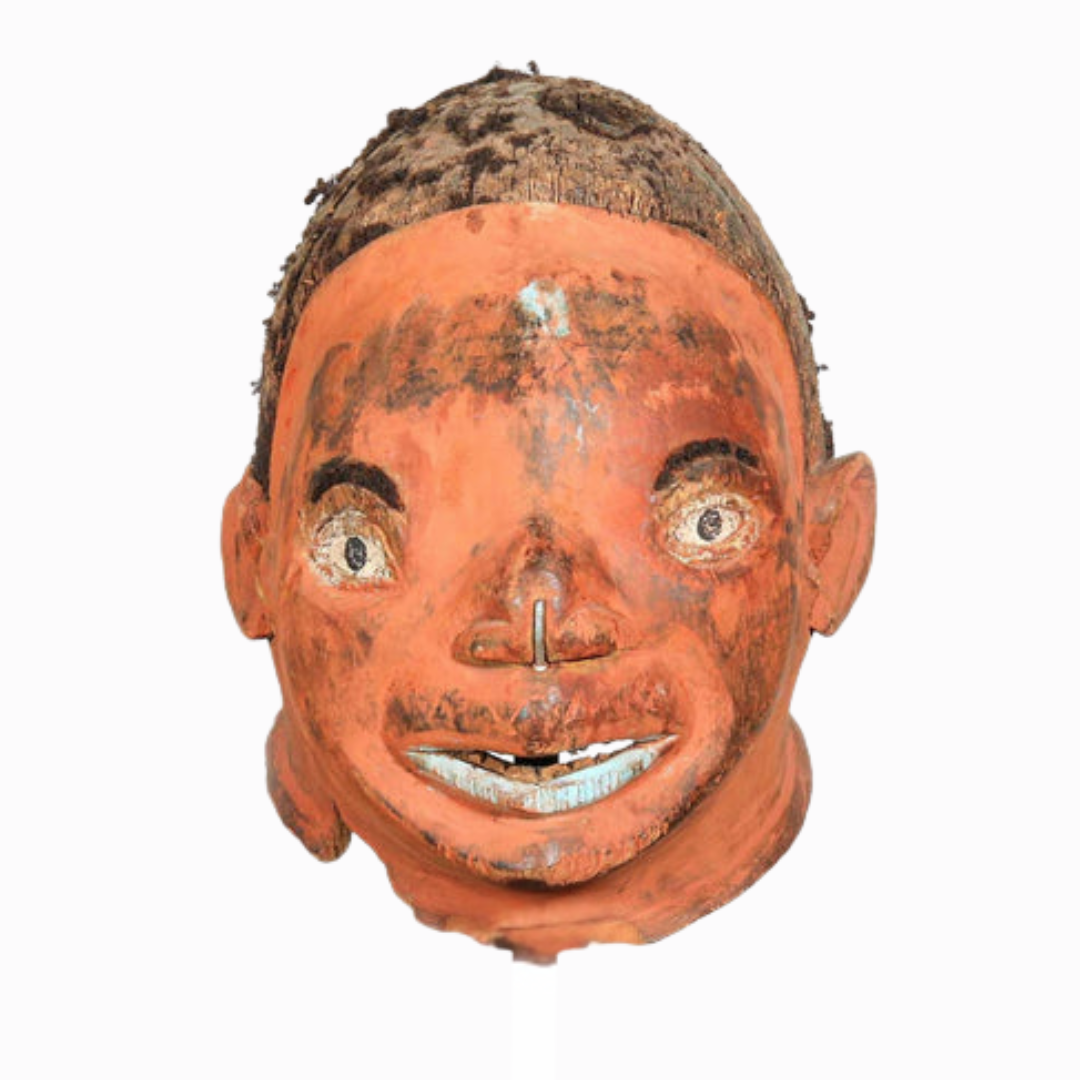
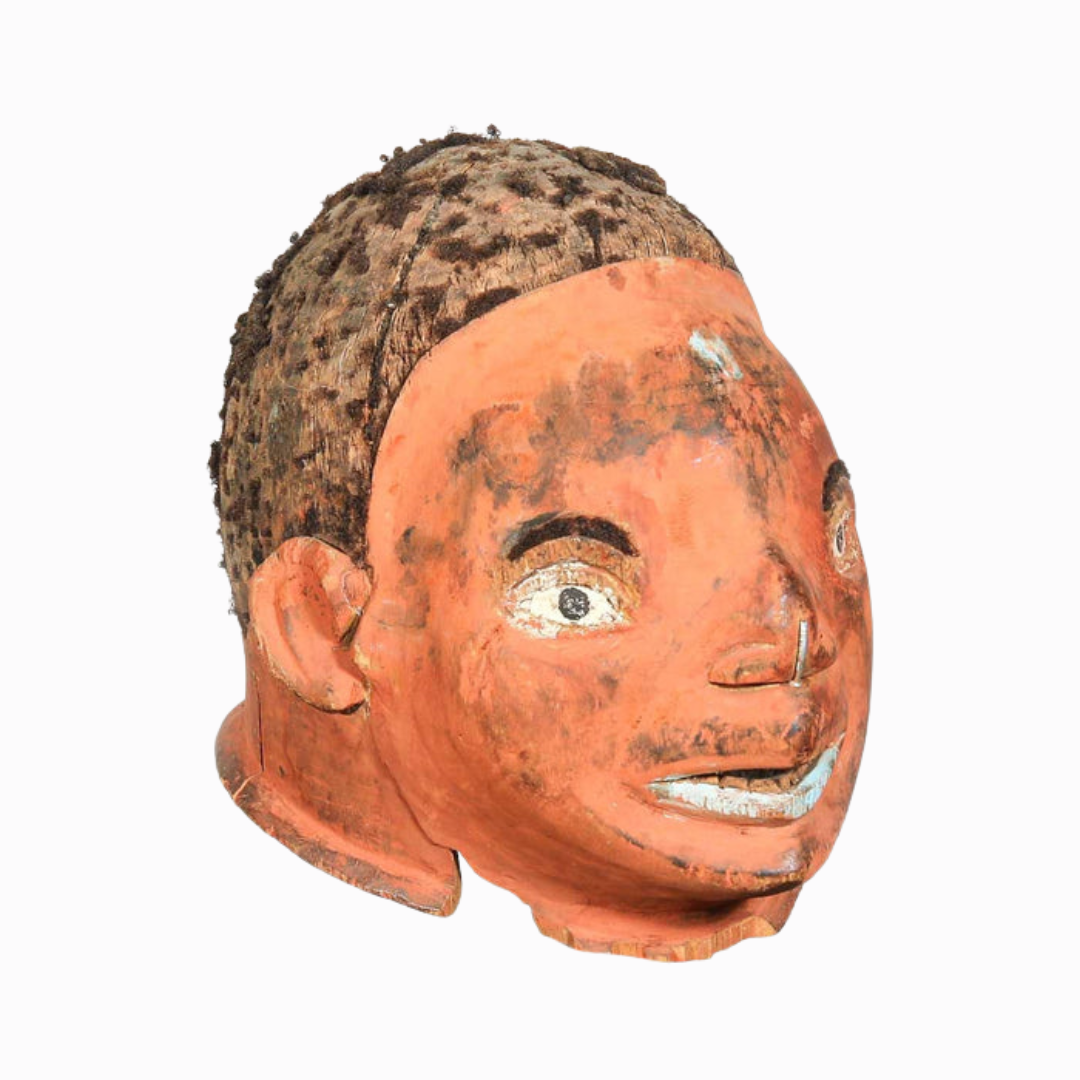
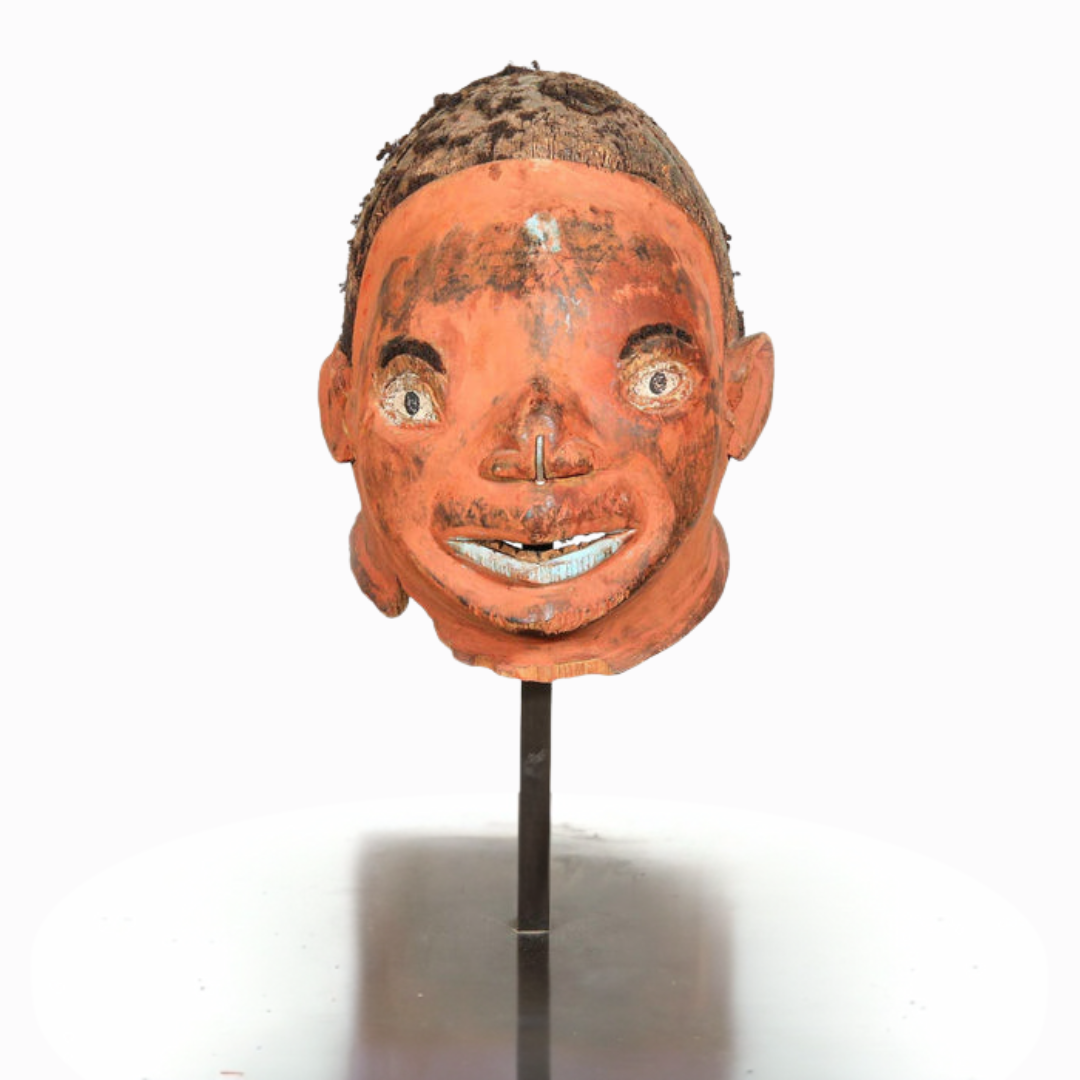
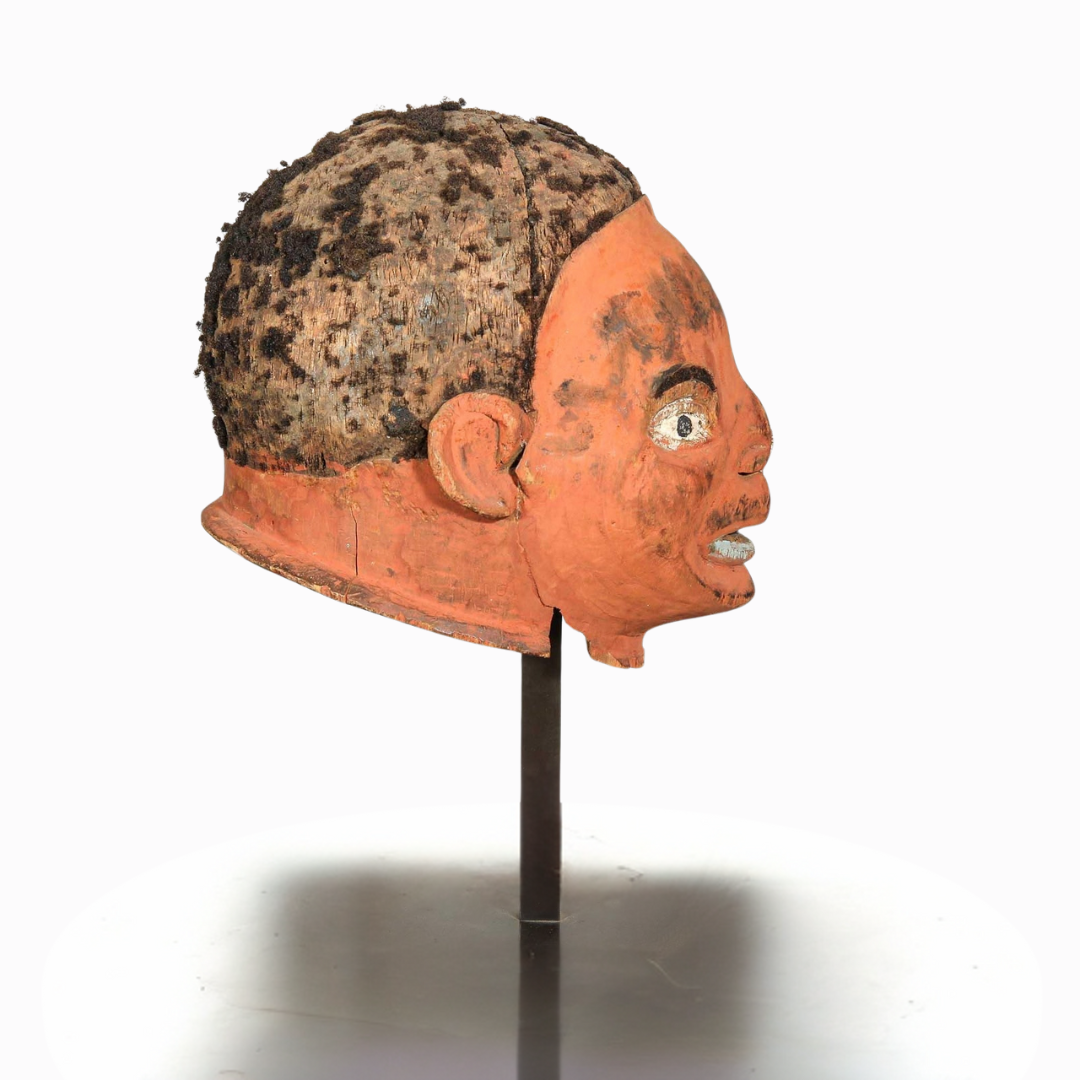
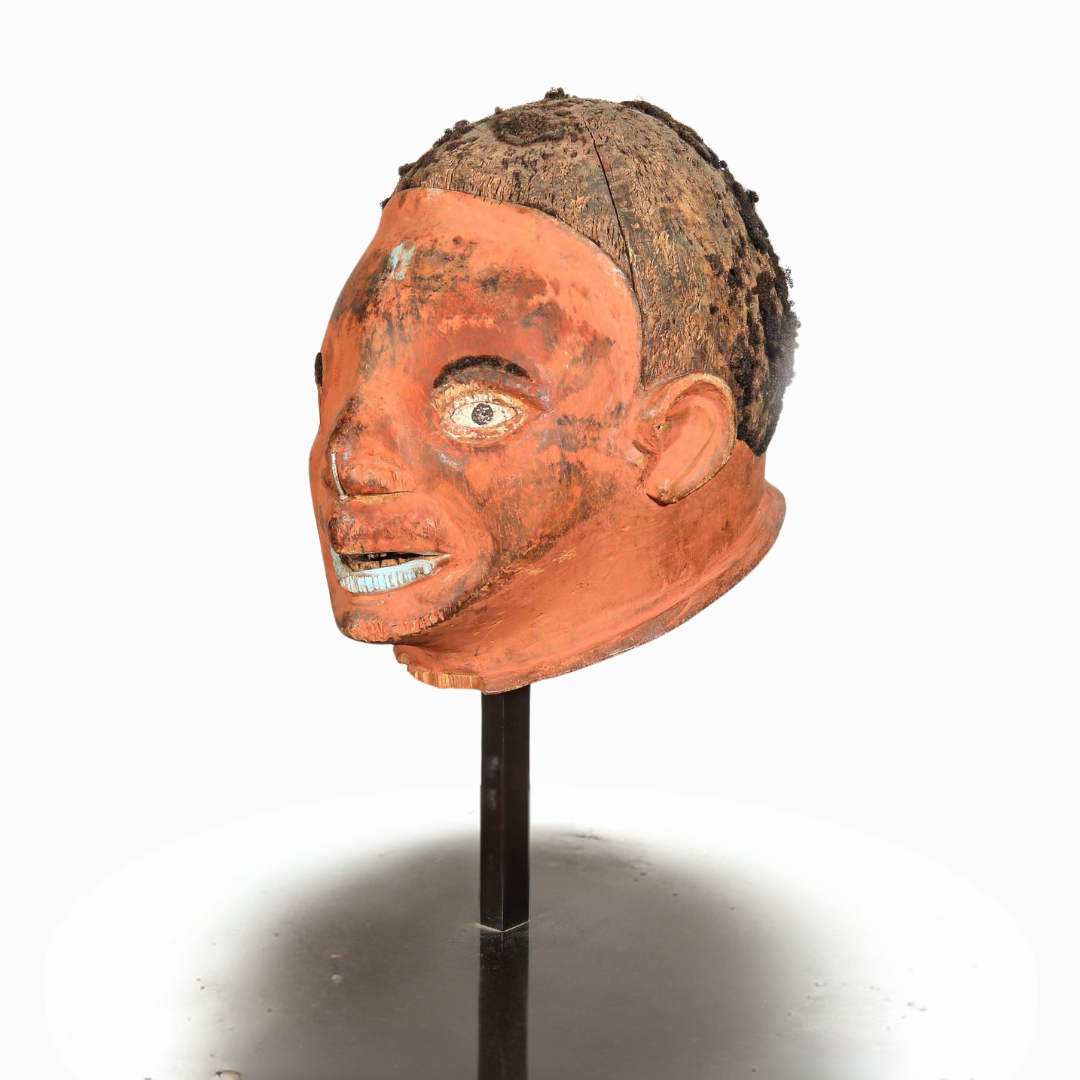
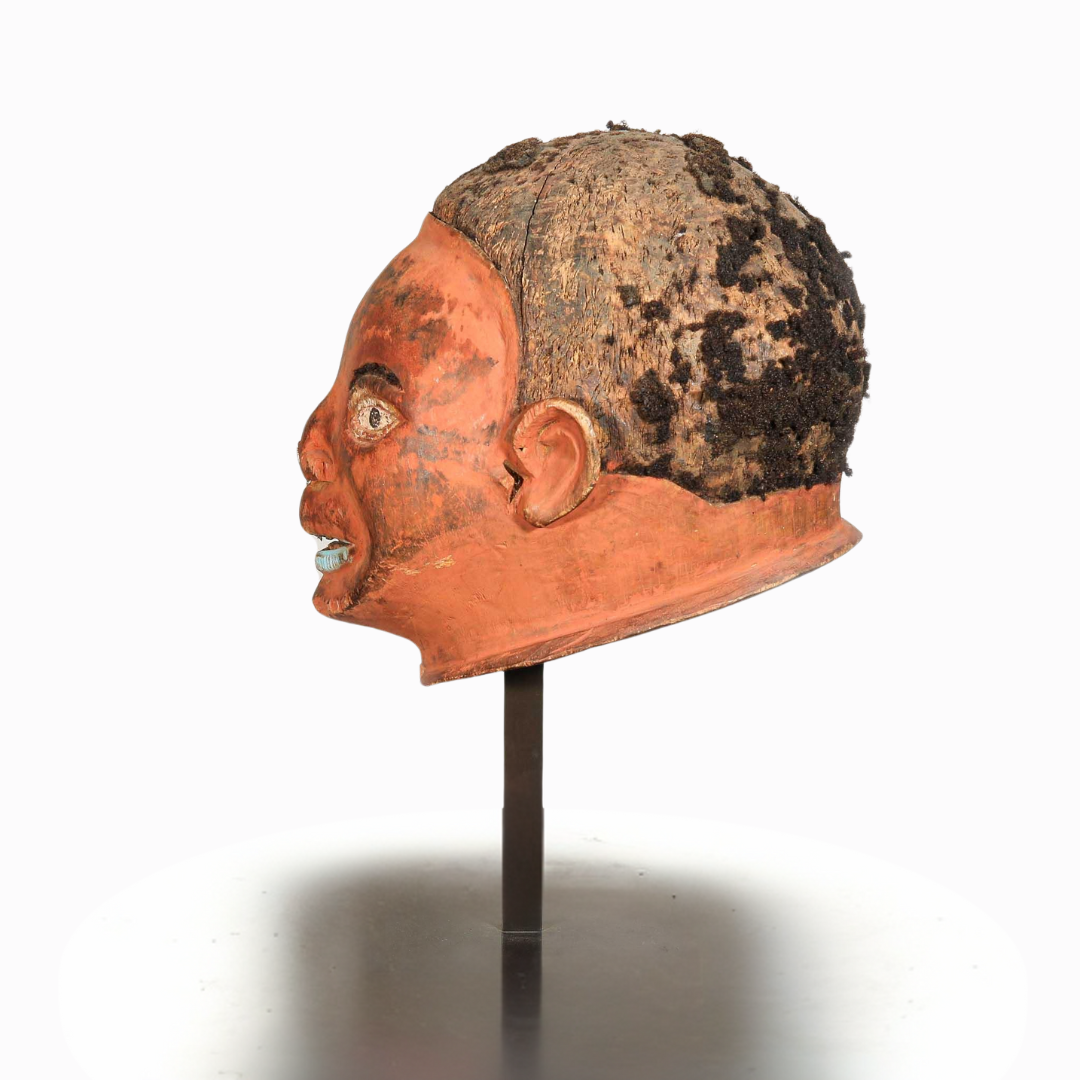
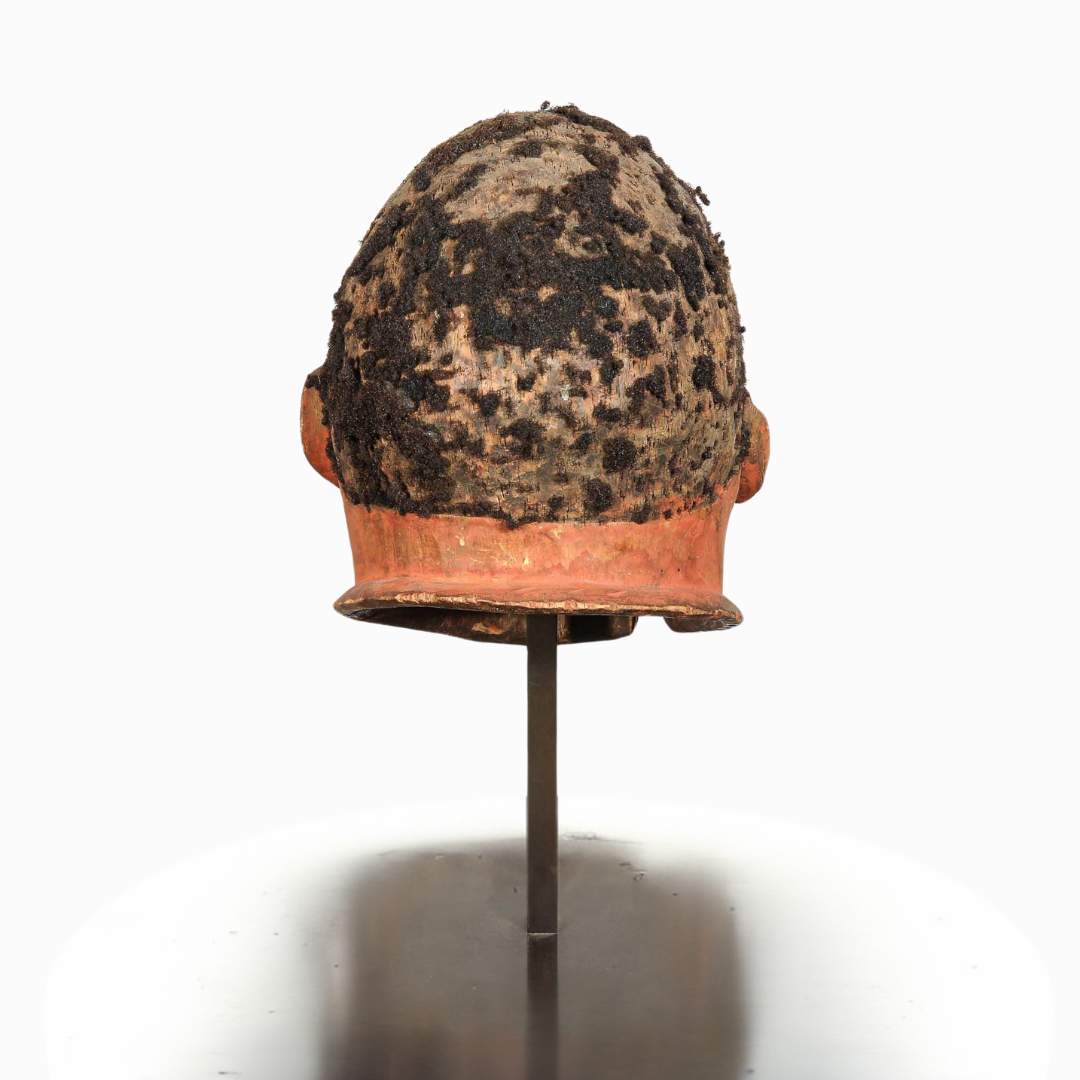


The Spirit of the Lipiko
The night is alive with the rhythm of drums, their deep, thunderous echoes rolling through the Tanzanian village. Firelight dances against the wooden mask as the Lipiko, the masked dancer, emerges from the shadows. In the sacred traditions of the Makonde people, this is not a mere performance—it is a passage, a transformation. The Lipiko mask, carved from indigenous wood and adorned with natural pigments, conceals the dancer’s identity, allowing spirits and ancestors to speak through them. With each step, each turn, the mask commands the space, embodying the voices of the past and the wisdom of those who came before. To wear it is to step into the soul of Makonde ritual, to become a living vessel for the unseen.
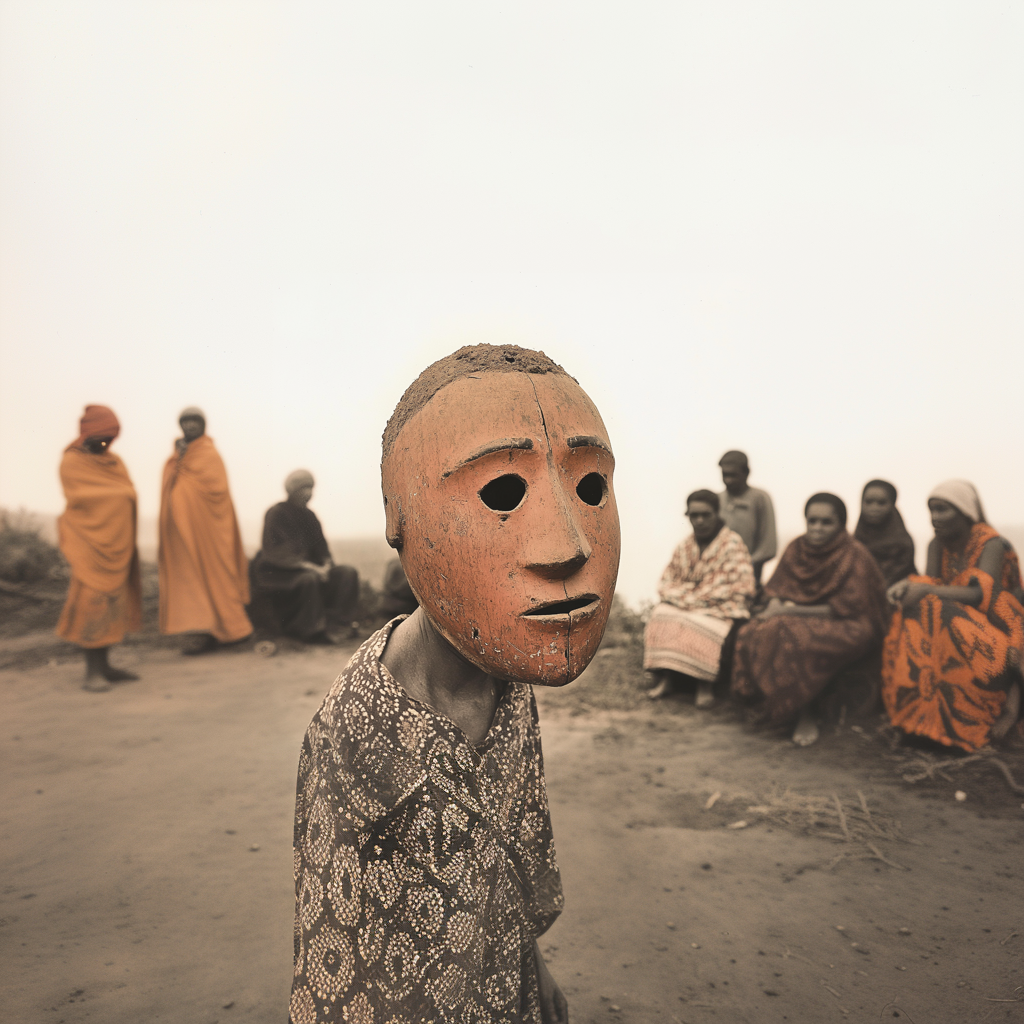
A Mask of Ancestral Power
Hand-carved from sacred wood, the Makonde Lipiko mask is an essential artifact of initiation ceremonies and storytelling traditions in Tanzania. Used primarily in Mapiko dances, these masks were worn by male dancers to represent spirits or mythical beings, often in rites of passage marking a boy’s transition into manhood. The bold facial features, striking pigment details, and exaggerated forms were not only aesthetic choices but symbols of transformation—shifting between the human and the supernatural. To own this mask is to hold a piece of living history, a fragment of Makonde identity, where the boundary between past and present blurs, and the spirit of tradition lives on.







